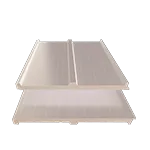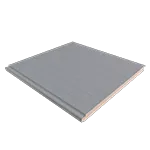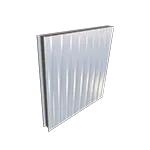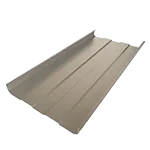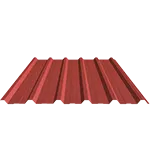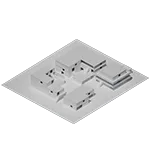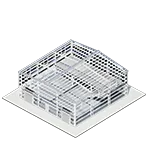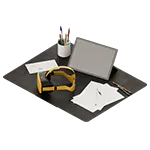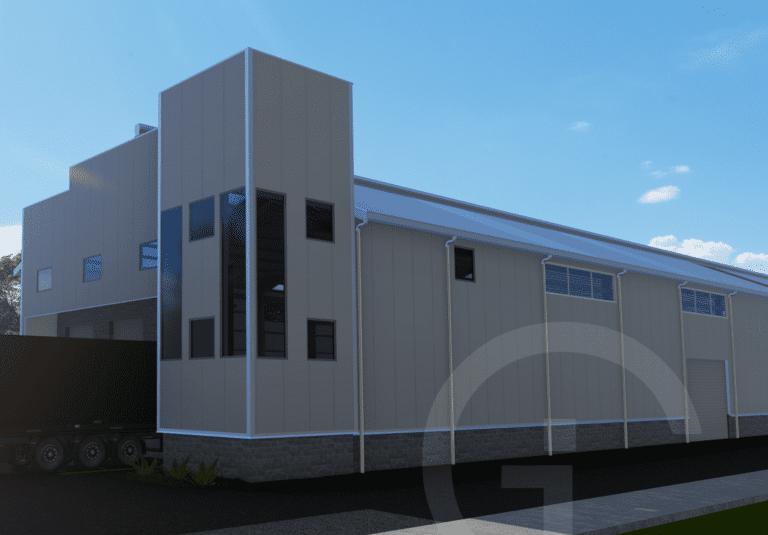
It is important to know general concepts about the types of profiles or frames, but it is equally crucial to dive into the knowledge of the very heart of the windows: the glass. Something that at first glance seems simple, for someone who is familiar with the topic, knows that the options and presentations of these can vary drastically depending on the use of the window, the place where it is installed, the type of building, among many other aspects.
Windows and Insulated Panels
The use of windows in projects is intended to capture light from the outside, as well as to ventilate the interior spaces in a natural way. When the walls are made of insulating panel, we must take special care when designing the secondary support structure. In this way, the installation of the window modules will be very simple during the execution of the works and thus we guarantee the perfect fit with the facade.
In this article we will discuss the most common types of window glazing for residential and industrial use.
Window glass classifications
Along with the choice of the profile or frame, the choice of our glazing is one of the most important issues when choosing our windows. It not only influences comfort elements, but also security aspects, or future cost savings.
Glass can be classified according to different parameters:
Most common types of window glass
1- Simple or monolithic: practically no longer used today, due to its low thermal and acoustic properties.
2- Float glass: these are glasses that usually have a very flat surface and a uniform thickness, so it is usually the most used in the construction industry. It is used as a base to manufacture other related products such as laminated, tempered, mirrors, etc.
3- Laminated glass: It is the result of the union of two or more sheets of glass. PVB (polyvinyl butyral: a polymer resulting from mixing polyvinyl alcohol and butyraldehyde, with properties of high adhesion, transparency and durability) sheets are inserted between the glass sheets, providing greater resistance. This combination can be used to obtain safety or security glass.
4- Tempered glass: it is mainly a safety glass, which is obtained by applying different thermal or chemical treatments, in order to increase its resistance. It has the characteristic that, when it breaks, it does so in very small pieces, which reduces the possibility of harming the user.
Classification of window glass according to frame mounting
1- Single: decreasingly used. It does not have a separating chamber.
2- Double glazing: it has a separation chamber between the two panes of glass. It is usually a space of 6, 8, 10, 12, or 16 millimeters.
3- Triple glazing: it has two separation chambers between the 3 glass plates. They are usually 16 mm chambers since in some cases they usually have an inert gas inside.
Classification of window glass according to its attributes
1- Insulation: three techniques are usually used to increase thermal performance of the glass.
1.1- Low-E coatings: sputter coatings designed to increase thermal insulation.
1.2- Gas in the chamber: The resulting airtight interspace is often filled with a particularly high thermal insulation inert gas. The width of the interspace depends on the inert gas used. Argon is usually used, although krypton is also used, but to a lesser extent due to its high price. To achieve its efficiency, argon requires a space of 15 to 18 mm, while krypton requires 10 to 12 mm.
1.3- Triple glazing: Significantly improves properties and thermal
2. Sun protection: Solar protection glass reduces the greenhouse effect that occurs mainly in summer. They are often used to obtain sustainable building certifications, such as: LEED, Breeam and Passive House.
3- Sound proof window glass: Sound is transmitted through the air and through solid objects, so 3 methods are commonly used to control a wide variety of sounds in window glazing:
- Thickness: The general rule is that the thicker the panel per unit area, the greater the noise reduction. The thicker the panel, the better the insulation.
- Insulating structure: Double or triple glazing is a mass-mass-mass-mass system, both outer panes are separated from each other by air or gas filling the interspace. The inner space absorbs vibrations from the outer pane before they reach the second inner pane. And the rule is that the larger the interspace, the more effective the noise reduction. But it is only possible to a limited degree, as this process reduces the thermal insulation.
- Lamination: The noise reduction effect of thick, heavy glass can be further optimized by using PVB to connect two individual panes of glass.
4- Safety: There is a wide range of security glass on the market, the most common are:
4.1- Tempered safety glass: Fully tempered glass is resistant to impact from soft or deformable objects such as the human body. The 6 mm thick, fully tempered glass is particularly suitable for use in large area glass applications.
4.2- Heat-soaked tempered glass: Facade glass, due to continuous exposure to the sun, is usually given an additional heat-soaking treatment to prevent breakage due to temperature variation of its crystalline structure.
4.3- Laminated safety glass: The effect of laminated safety glass is based on the extremely high tensile strength of the PVB interlayer and its excellent adhesion to the adjacent glass surface. Depending on the use of laminated safety glass, several PVB interlayers can be placed between two panes of glass to meet more stringent requirements.
Hardware
Window hardware systems are becoming more and more important, and their evolution in recent years has been remarkable. From elements that allowed the opening and closing of windows and doors, they have evolved to systems with multiple openings, integrated ventilation or motors that can be controlled by applications on our smartphones, taking the experience to unsuspected levels of comfort.
What about window frames?
Now that you know the different classifications of window glass, it is important that you know about window frames, so that you can have a basic knowledge background to be able to choose the best window for your project, especially if it is one based on pre-engineered systems with prefabricated materials, such as the sandwich panel.
